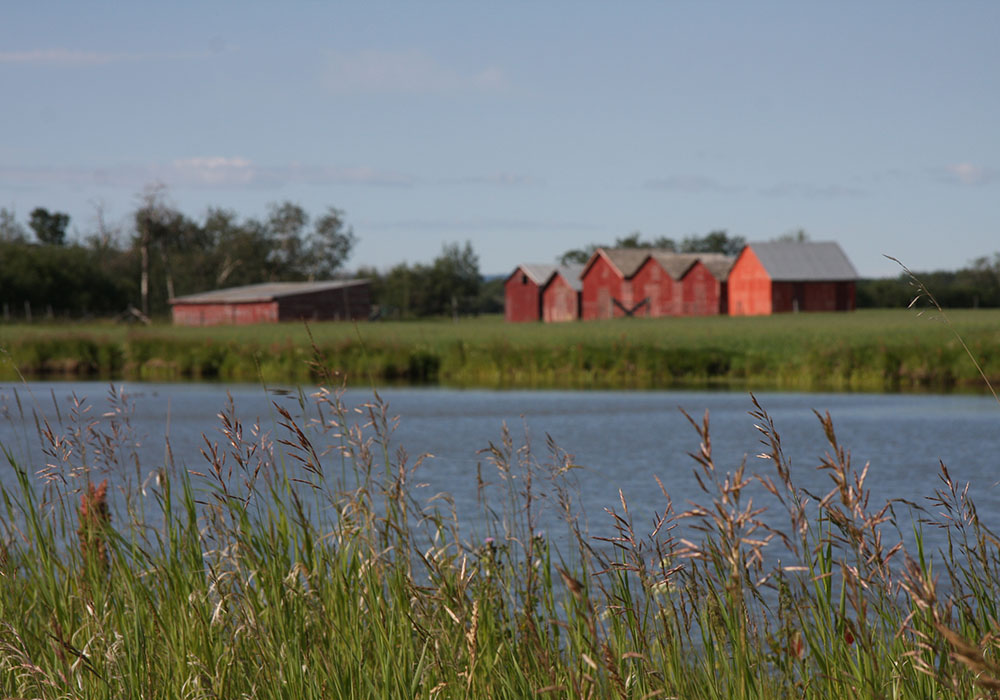A conservation easement is a voluntary legal agreement that allows landowners to continue to own and manage their land, but gives certain rights associated with that land to either a private organization or public agency.
It is put in place to protect and conserve a piece of land for a specific purpose such as preserving natural habitat, protecting species of animals or plants that are at risk, retaining objects or areas of geological or archeological importance or ensuring that nesting or migration areas are kept undisturbed.
The agreement is usually created through negotiation between the landowner and organization. A wide variety of organizations are conservation agencies qualified to enter into a conservation easement under the legislation of the province in which the land is situated.
Read Also

Fuel rebate rule change will affect taxes and AgriStability
The federal government recently announced updates to the fuel rebates that farmers have been receiving since 2019-20.
Some examples are Ducks Unlimited, various levels of government, the Nature Conservancy of Canada and many archaeological societies and nature groups.
The desirability of an easement will depend on what the land has to offer by way of habitat, protection of species, migration routes and other criteria.
Each agreement is tailored to the needs of the organization and landowner but in most cases the landowner will give up the right to subdivide or develop the land and often the right to break and cultivate the land or to put up any structures on it.
The conservation easement is registered on title to the land, with the intention that it remain indefinitely. Any future owner would acquire the land subject to that easement.
Sometimes there is a financial payment paid as a one-time payment to the land owner in exchange for the placing of the easement. It is based upon the amount of land and its conservation significance.
In some cases, the landowner gets income tax benefits. There can also be a potential increase to property value if there are a series of adjoining lands all with conservation easements upon them.
There can be negative aspects to having a conservation easement on land, including lowering the resale value. Some lenders are more cautious about lending mortgage monies on land subject to a conservation easement.
If the landowner’s proposed use of the land changes, a different use of the land may not be possible once a conservation easement is in place. Legislation varies between provinces, but the removal of a conservation easement seldom happens.










